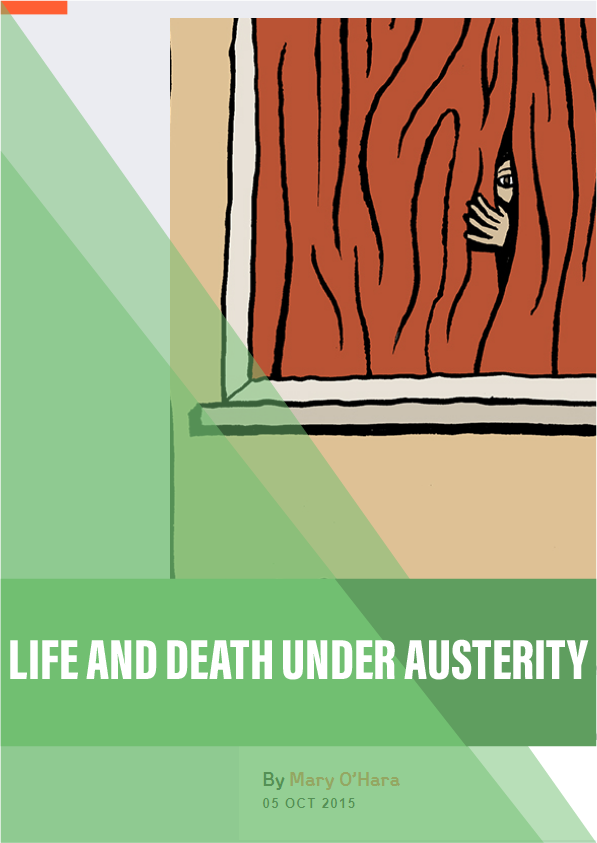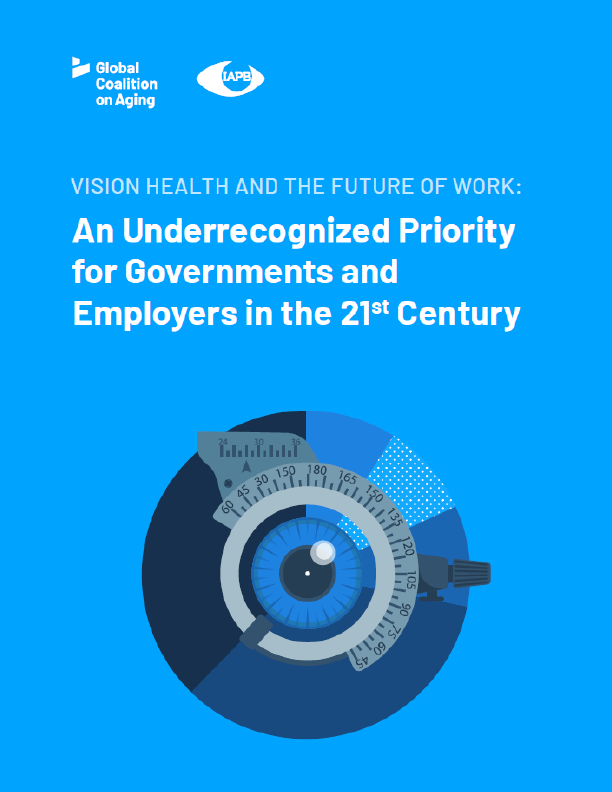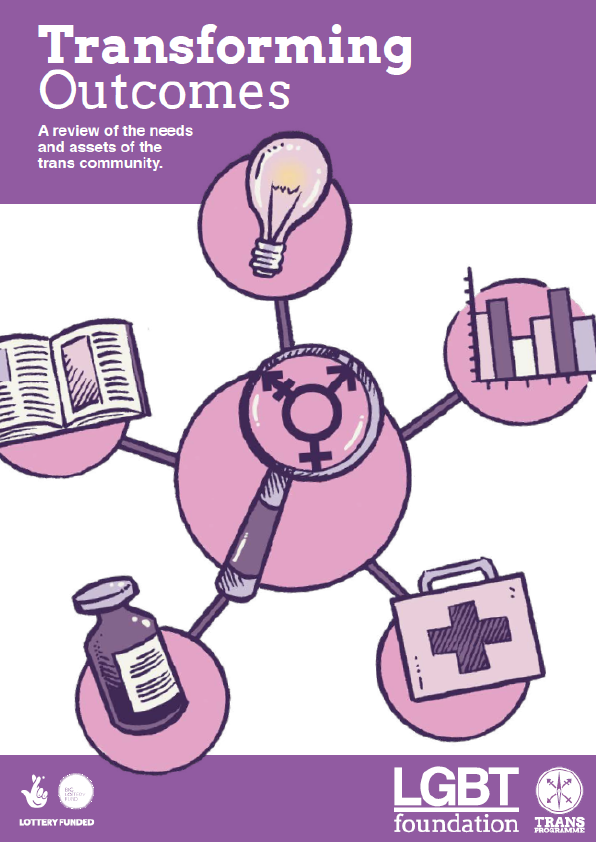In times of economic trouble, governments can choose to cut public services to save money. But at what cost? Mary O’Hara meets those on the sharp end of austerity in the UK to find out what it means for mental health.
When Mark Wood was found dead in his home in August 2013 it could have been just another tragic, but private, event for one family. But it wasn’t. His death came a few months after his disability benefits had been cut because he had been declared “fit for work” by the assessors appointed by the government to implement its “back-to-work” strategy. When his body was discovered he weighed just 5 st 8 lbs.
His sister Cathie said that 44-year-old Mark had struggled to live on just £40 a week after his disability and housing benefits were cut. She says that his ongoing mental health problems, including anxiety, obsessive traits and an eating disorder, were seriously aggravated by the extra stress. A letter to the Jobcentre written by Mark’s GP at the time his benefits were being cut was presented at the inquest into his death. In it, his doctor cautioned that Mark was “absolutely unfit for any work whatsoever”. At the inquest, the GP told the coroner that, in his view, the loss of benefits was an “accelerating factor” in Mark’s decline and eventual death.
The circumstances surrounding Mark’s death hit the UK headlines after his family launched a campaign calling on the government to rethink its cuts and other austerity-driven policy reforms. Yet his case is far from isolated. People have died from physical illnesses that have got worse after being subject to a Work Capability Assessment or having their benefits cut, and some have even taken their own lives.
In August 2015, after a number of Freedom of Information requests, the government released mortality statistics on people who had died after being declared fit for work. The data did not cover how they died, and the government warned against any causal links being made between the deaths and the assessments, but the episode prompted calls for ministers to commission analysis so that any potential connections could be understood.
In the UK, suicide rates rose in 2011 and 2012 (the most recent data available). Men especially seem to be at risk: the male suicide rate is the highest it’s been since 2001 and, for men between the ages of 45 and 59, the highest since 1981. After five years of austerity in the UK – and with billions of pounds more of budget cuts on the way – families, charities, mental health professionals, campaigners and researchers have been highlighting what they regard as the profound effects of austerity on mental health. In May this year, the chief executive of one of the biggest mental health charities in Britain warned that cuts to service provision along with welfare reforms tied to austerity were “driving people to the edge”.
But what evidence is there for a link between economic difficulties and mental ill health? What is it about UK austerity measures – namely cuts and changes to public services put in place to reduce government borrowing – that is raising so many alarm bells when it comes to mental wellbeing? And what lies in store if the direction of travel stays the same?











